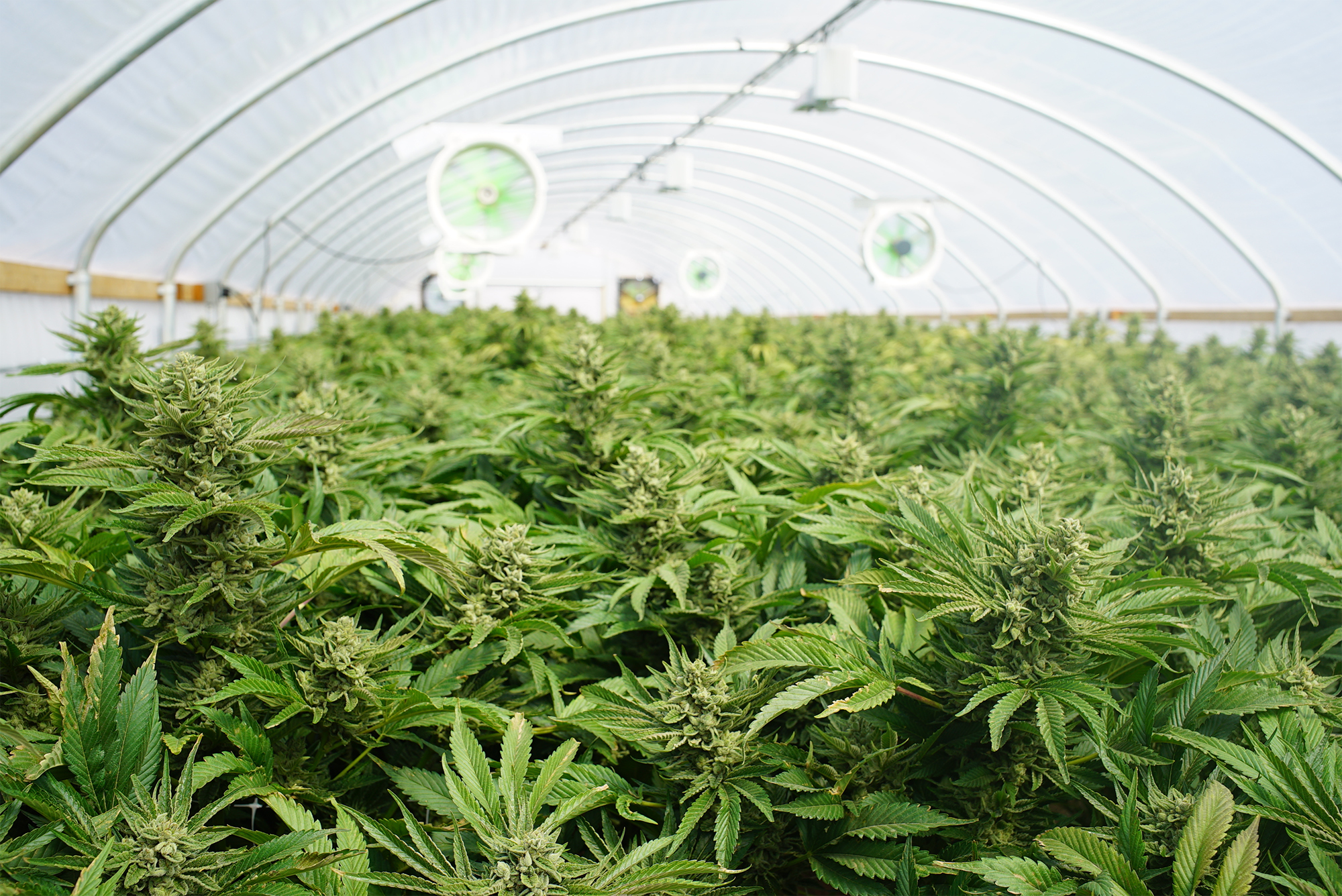Insight by Vivien Azer, Brian Nicholas Velez and Gerald Pascarelli
We expect cannabis sales of ~$75 bn by 2030, supported by new analysis on category retention gaps and population-weighted, state-based analysis on cannabis first use and binge drinking (where cannabis access points to more cannabis trial and use, and less binge drinking, and an opioid solution). Maintain Outperform on KSHB, WEED, & LEAF; and remain cautious on big beer, including TAP.
Bottom Line
Ahead of our 2nd Annual Cannabis Summit, we revise up our cannabis market target by $25 bn, as we now look for the industry to generate $75 bn in sales by 2030 (vs. $50 bn by 2026 previously). Underpinning this estimate is proprietary analysis on binge drinking behavior, as well as the role that legal cannabis access has in terms of driving trial (measured by cannabis first use rates for 18+ consumers). This work builds on our prior assertions that cannabis acts as a substitute social lubricant for consumers. We believe this is the first time detailed state-level binge drinking statistics have been analyzed and juxtaposed against cannabis use, where we found that legal cannabis states (as of 2016) binge drink 13% fewer times per month than non-cannabis states.
What’s New
We now expect the category to generate ~$75 billion in gross sales by 2030 (up from $50 bn by 2026). This new forecast reflects:
- Binge Drinking Intensity Variances. States for which adult use cannabis is available (as of 2016) already had binge drinking intensity rates that fall ~9% below the national average, and ~11% below non-cannabis states. Newly added states (like CA, NV) currently have higher rates of binge drinking intensity, and lower levels of cannabis consumption, though we expect mean reversion for these states too, given the historical precedent. As such, we believe it’s reasonable to assume that as more legal cannabis states come on-line, alcohol binge drinking intensity should fall.
- Binge Drinking Volumes: Binges Per Month. While the CDC estimates ~17% of the U.S. population reports binge drinking, only 1 in 6 report doing so 4+ times per month. In legal adult use cannabis states, the number binge drinking sessions per month (for states legal through 2016) was ~9% below the national average.
- Category Spending. While we had forecast a 2026 total cannabis market of $50 bn by 2026, new forecasts suggest that the market is already that size. As such, we are revising our forecasting methodology, including a higher per capita spending estimate. With a reported 35 mm annual cannabis consumers, current estimates imply annual spending of $1,500 per year (well ahead of our initial $1,000 forecast). This likely reflects the response bias in the number of cannabis users (given its Schedule I status). As such, we raise our estimate by 25% as an offset.
- Category Retention. Lots of consumers have tried both alcohol and cannabis in their lifetime: ~209 mm for alcohol and ~115 mm for cannabis (as of 2016, according to government forecasts, for which cannabis is subject to a response bias as a Schedule I narcotic). But, while consumers come back to alcohol at consistently high rates, the same is not true for cannabis (at least as reported). However, the gap has been closing over the last decade and we expect that trend to persist. And, despite the convergence in consumer consumption, our ~$75 bn estimate still puts cannabis category retention ~34 pts behind alcohol on a past year basis.
- First Use Cannabis Benchmarking. Our new analysis introduces cannabis “first use” data (the % of 18+ consumers who have tried cannabis in the last year). To be clear, this does not reinforce the notion that cannabis is a gateway drug; we address that in the “Unintended Consequences” section of the note. But, among consumers over the age of 18, in legal cannabis states, they show a greater propensity for cannabis trial, which ultimately looks to translate to higher levels of past month cannabis incidence.
- Expanded Opioid Research. According to a November 2017 White House report, the opioid epidemic costs our country ~$500 bn per year (and that cost is growing exponentially). Newly published research reinforces the work that we have already done, showing that for some, cannabis is an effective opioid substitute (in particular in treating chronic pain).
Stock Implications
We remain Outperform rated on the three cannabis companies under our coverage: KSHB, WEED, and LEAF. While this report focuses on the U.S. and has direct implications for KSHB, the trends that we’ve historically seen for cannabis in the U.S. tend to be mirrored in Canada, building on our conviction around the cannabis opportunity for WEED and LEAF as the Canadian market expands to adult use later in 2018. Meanwhile, our extensive analysis on the impact that legal cannabis access can have on overall drinking patterns reinforces our conviction that cannabis and alcohol are substitute products. We believe that lower-end beer is most exposed to this substitution risk, such that we remain cautious on Market Perform-rated TAP.
What to Watch
Growing consumer support for legal cannabis, and increased access, looks to be driving meaningful change at the state level. We expect to see ballot initiatives to legalize cannabis for adult use in both Michigan and Illinois in the upcoming November election. As well, a number of states are looking at expanding cannabis access (both medical and adult use) via the legislative and executive branches (with New Jersey the most likely in 2019). Expanded access to Maine, Massachusetts and New Jersey could prompt other states in the Northeast to make changes.
For more information, contact your Cowen sales representative.

